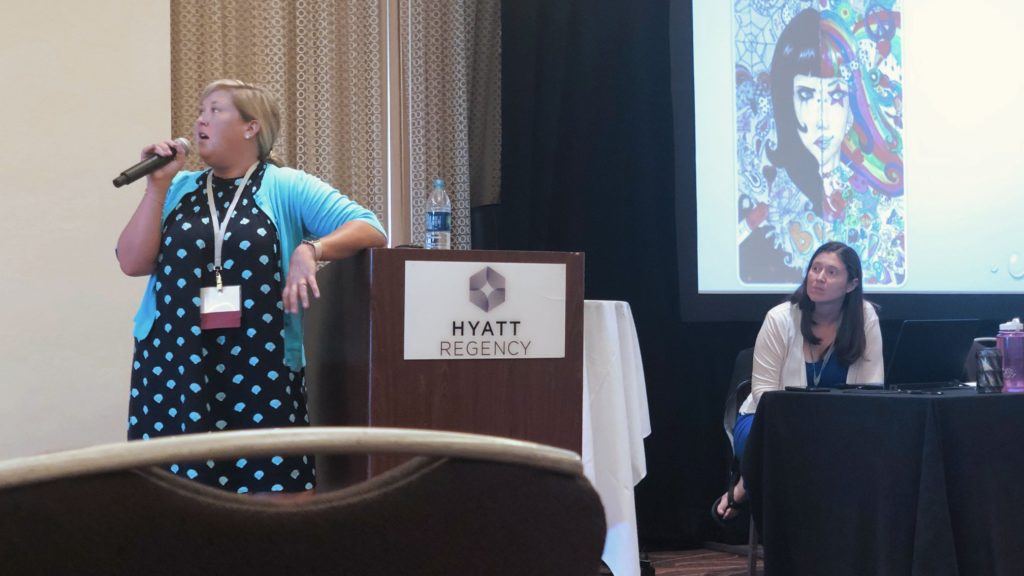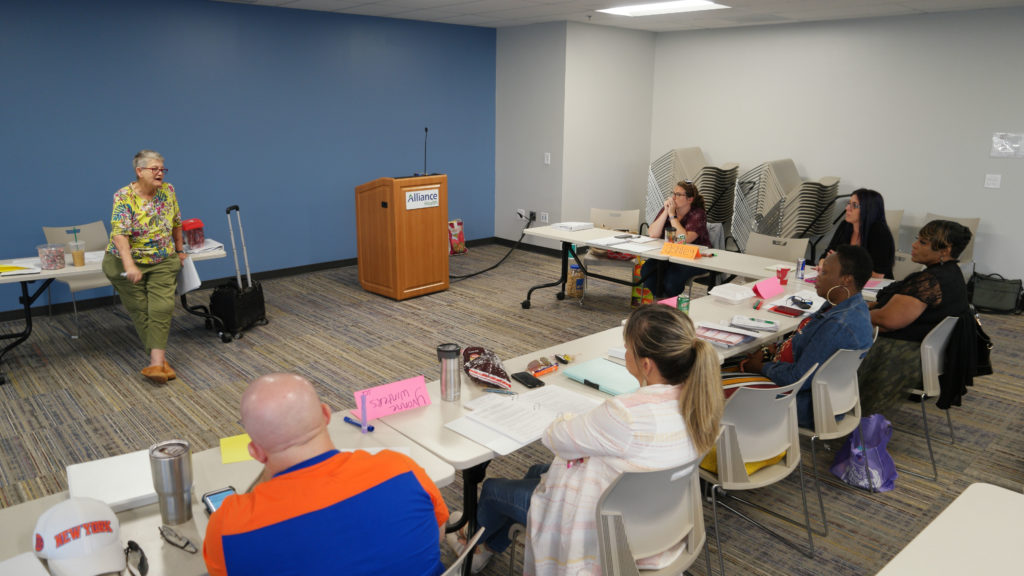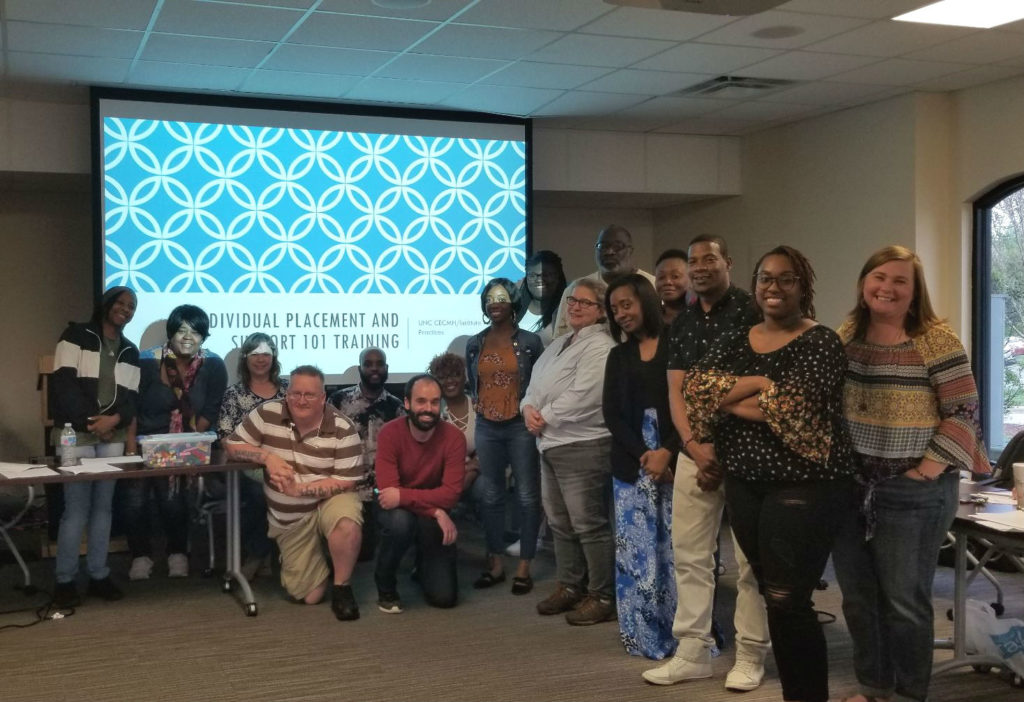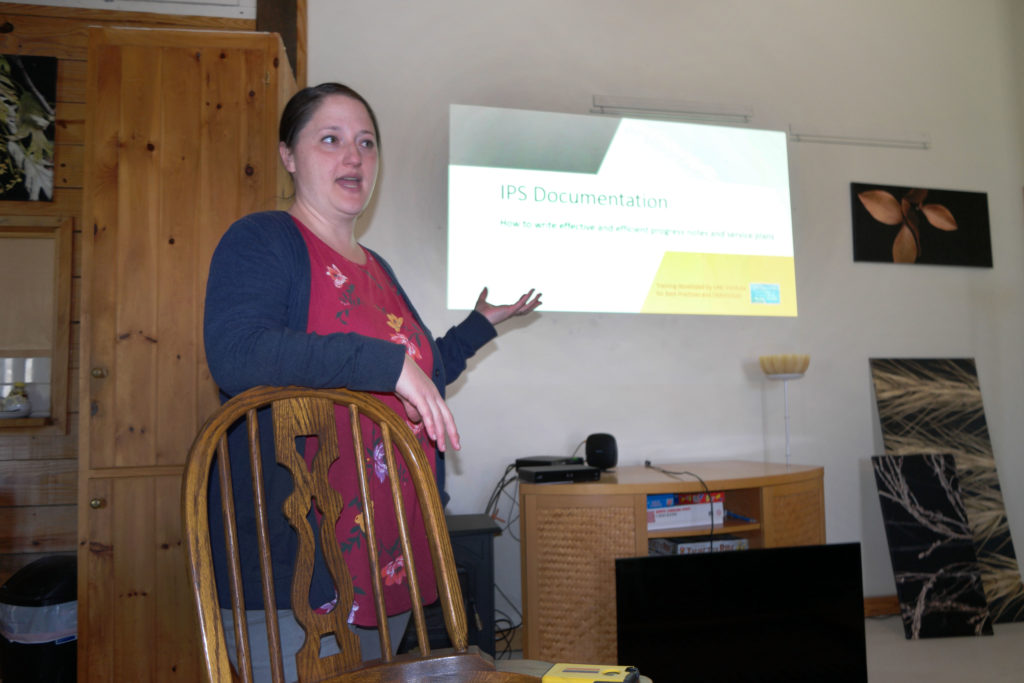When I Get That Feeling, I Want …

If you were not aware, “Virginia is for Lovers” — the travel slogan for this great state, which we’ve had the pleasure of working with the past couple of years. An apt slogan for a topic raised in training this week — how to support individuals around their desires to have sex and intimacy.
As an ACT team, we are tasked to address the whole person with a full range of services. Isolation and loneliness are not only common for many of the folks we serve, but deadly. In spending time with teams, we often see many missed opportunities and/or lack of priority in helping people develop connections with other people. People in settings beyond congregate settings for people with mental illness.
Similarly, we viewed many savvy teams who are great at discussing preventative health measures, including safe sex, or the many side-effects of medications, including impotence, but that’s as far as the toe dips into the “sex” conversation.
In the example raised by our Virginia audience, an older gentleman (late 50s) wants to have sex with a woman, has never had sex, and appears to be somewhat preoccupied with this desire, at times inappropriate with female staff. The team members seemed to be doing their best to balance the desire to help him with what is an important need for him, while also sorting out how to address behaviors that are also concerning (for staff safety, but also his safety). While devoting only 5 minutes to discuss this particular situation, we could see how tricky it was.
What I appreciated was the team not shying away from the discussion. I bet most teams could do better in inquiring (beyond a stale assessment question)– Are you satisfied with your sex life? What is your own desires when it comes to having sexual relationships?
I’ve only so far skimmed this, but here is a resource that may be worth checking out — designed as an intervention for us (staff) to help us have more deliberate conversations about sex and intimacy with people we serve.
– Lorna
Photo by freestocks.org









